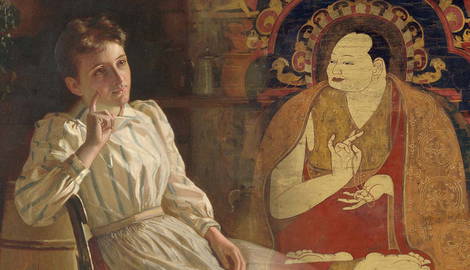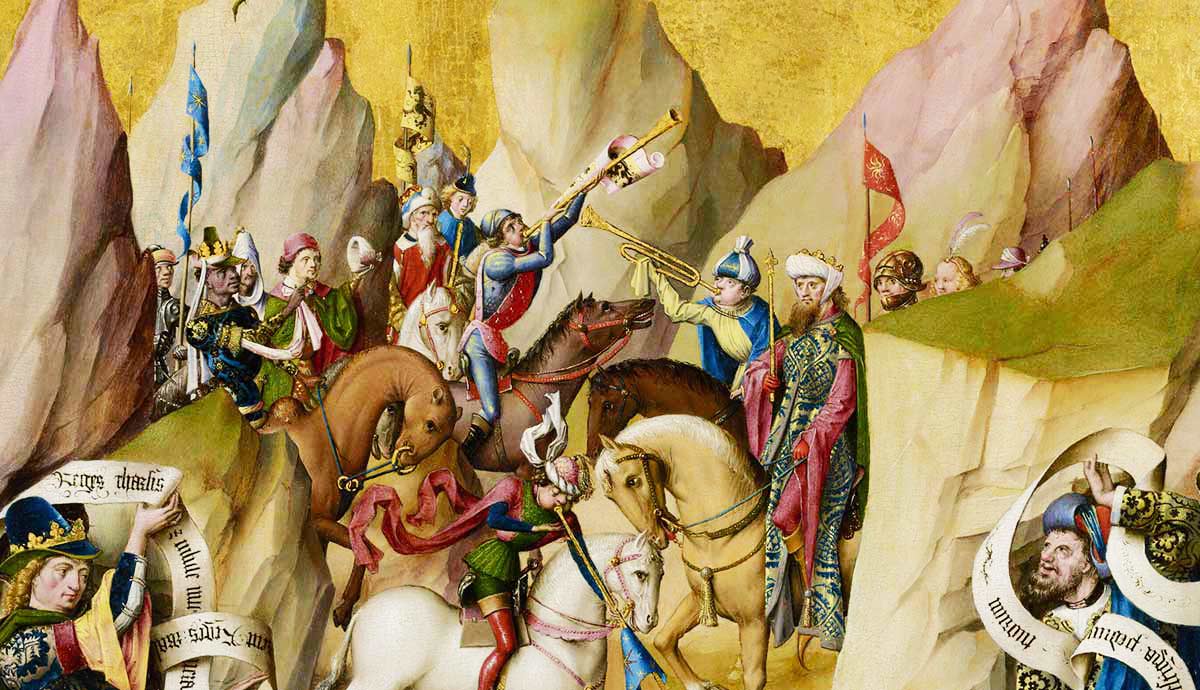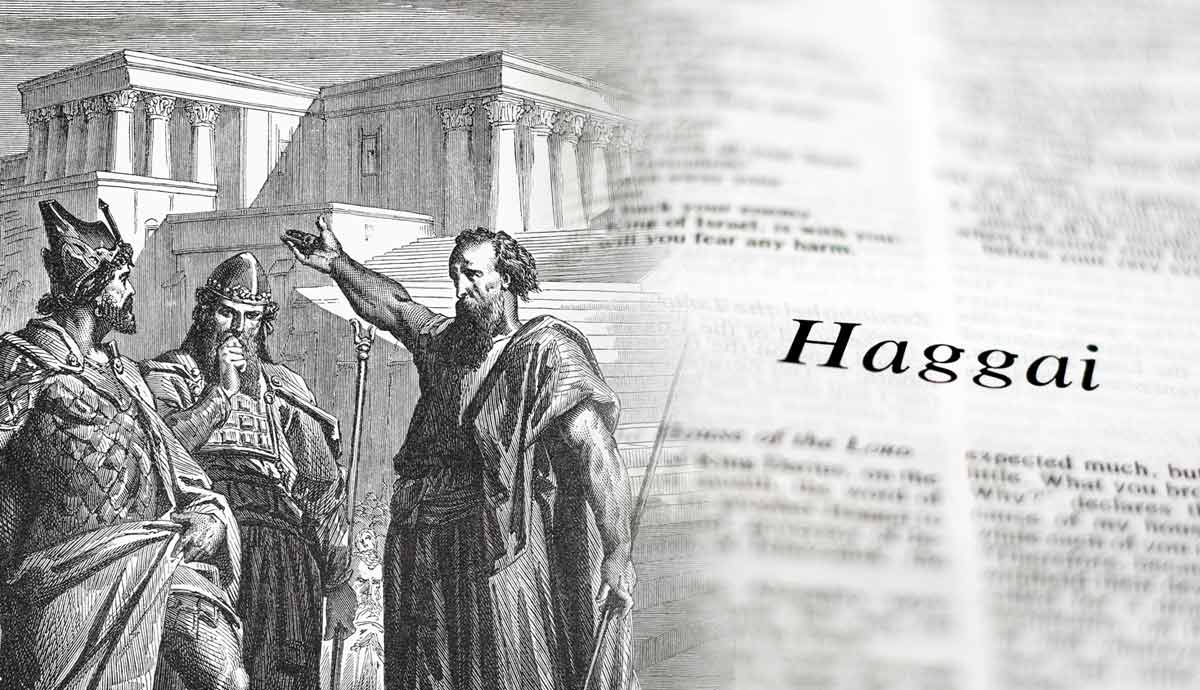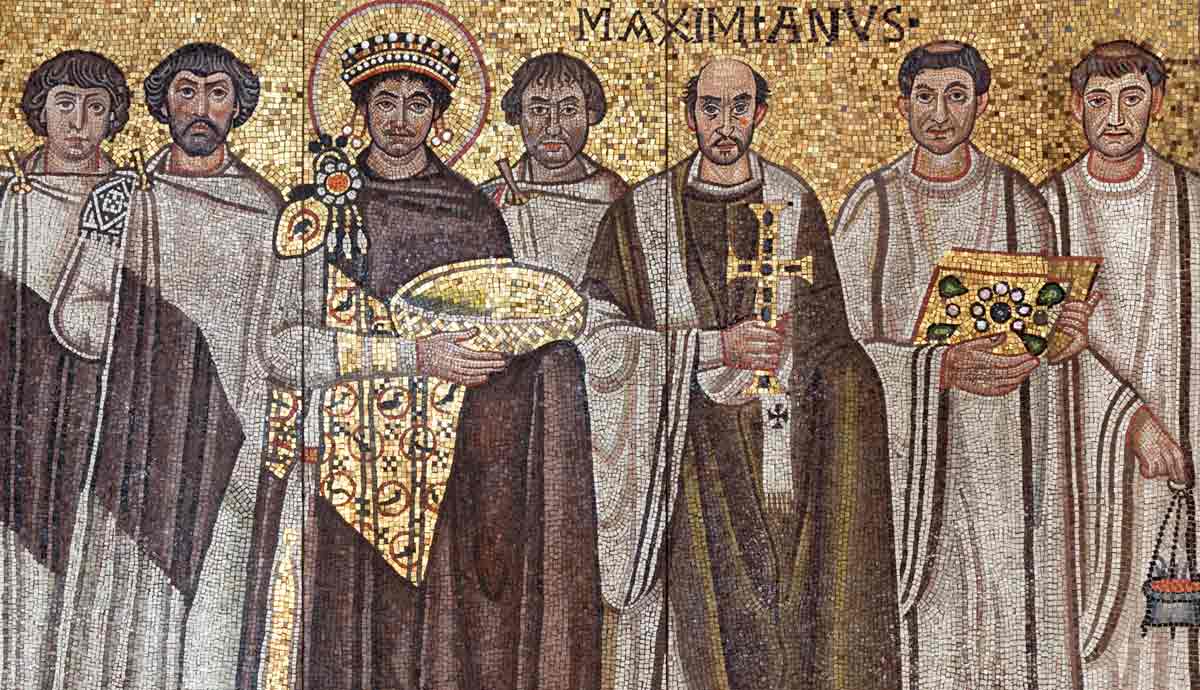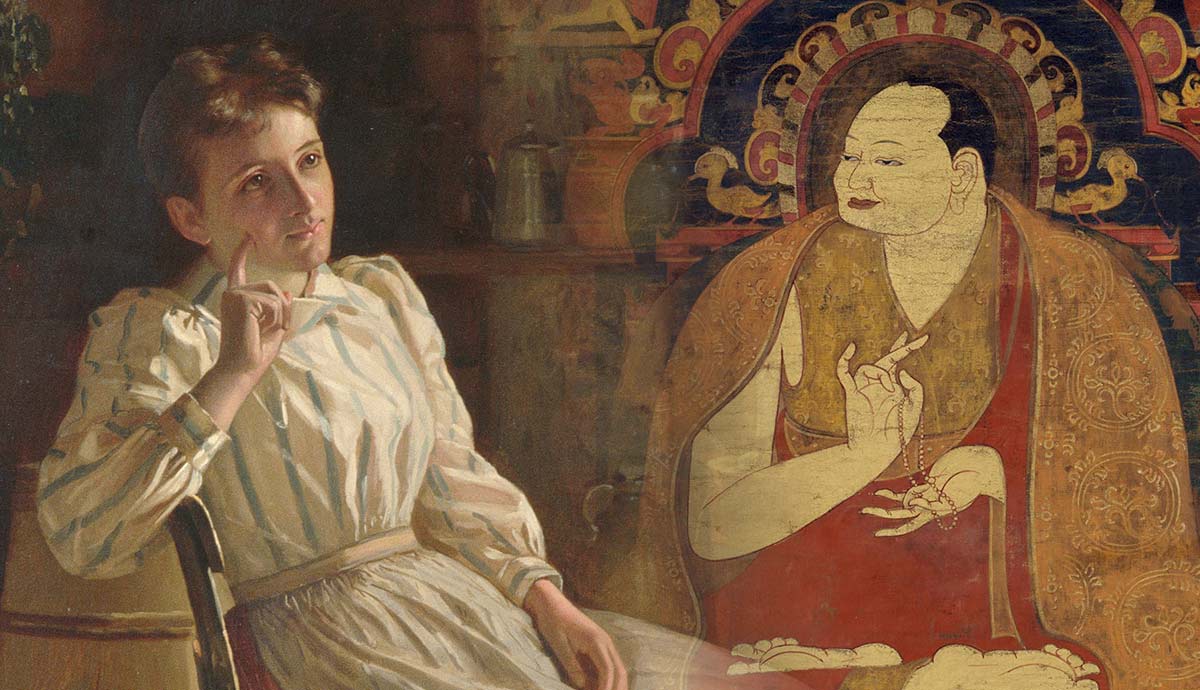
Meditation is a skill that allows a person to shift their perspective towards stillness so that they can become aware of their thoughts and feelings in the present moment. There is evidence of different iterations of meditation being practiced worldwide, with its roots tracing back centuries. Both Eastern and Western trajectories can be traced to discover the origins of meditation and the unique expressions it has in different cultures and religions.
What Exactly Is the Mindfulness Practice Called Meditation?
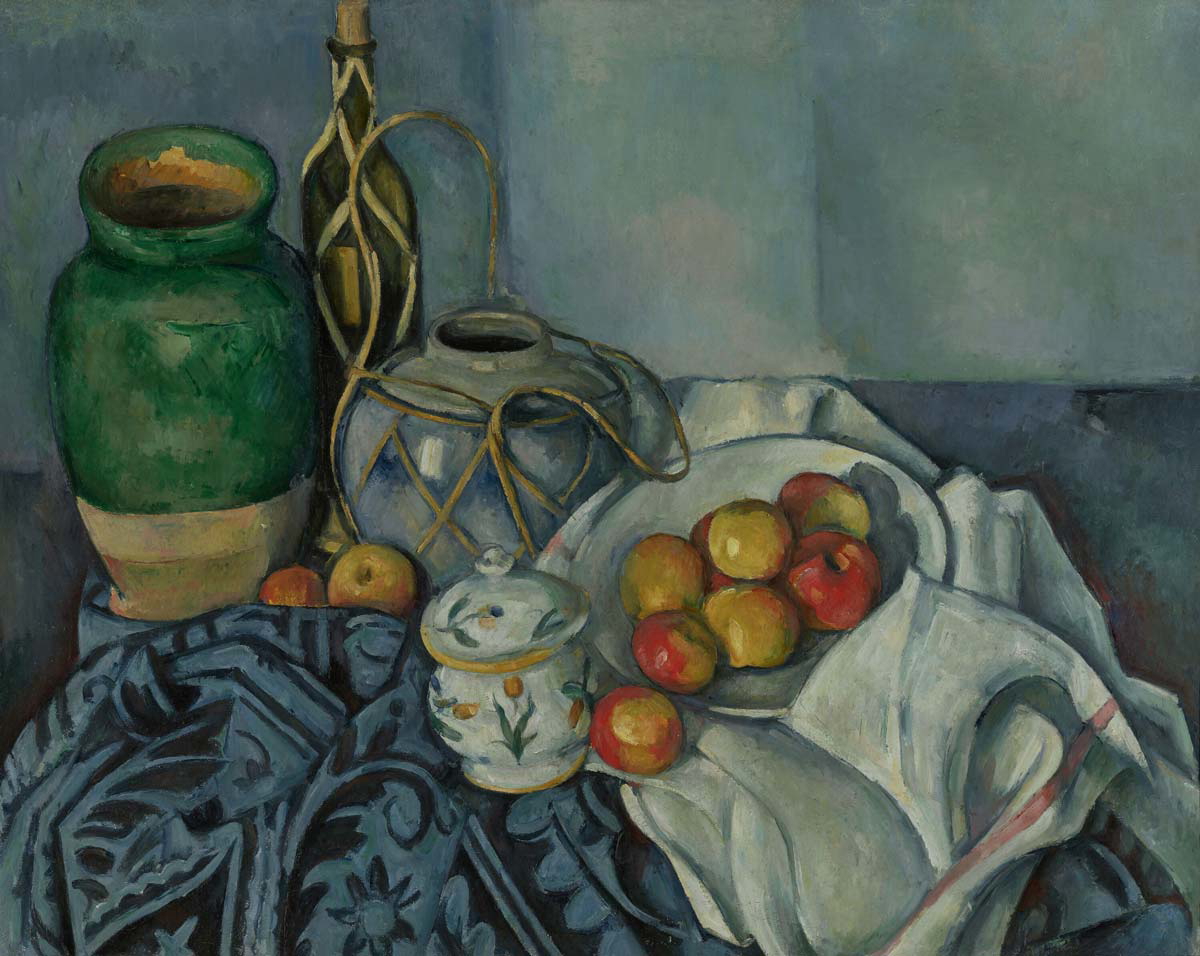
Kabat-Zinn and Hanh (2009) described mindfulness as training attention and awareness of the present moment without judgment. Mindfulness often means the emptying of the mind, or becoming aware of the “traffic” of thoughts in the mind. Meditation can be viewed as a mindfulness practice if it is done with the aim of becoming more present. A non-judgemental state of awareness is often the aim of meditation, so the two are closely related.
Meditation is not a tool for personal development or becoming your best self—it is a method that helps you become aware of who you are right now. The focus of meditation is not on improvement but on observation. Therefore, meditation can be understood as the practice whereby a person makes the space to become still and observe. Meditation is the act of fixing your mind on something (or nothing). Even though it is an action, it is not frantic or rushed, but calm and peaceful.
Unfortunately, meditation is often misunderstood. According to an article by Awashti, Newberg & Nash in Frontiers in Psychology, “… it is quite apparent that ‘meditation’ has become a generic term, used to describe a host of secular, spiritual, and/or religious contemplative activities; as well as becoming a synonym for many other more mundane cognitive functions such as contemplation, reflection, concentration, and terms such as ponder, ruminate, cogitate, and deliberate.”
One of the reasons for the difficulty in defining this term is that it does not have one single root. Rather, traces of it are found in various cultures and religions worldwide.
Understanding Meditation as a Global Phenomenon
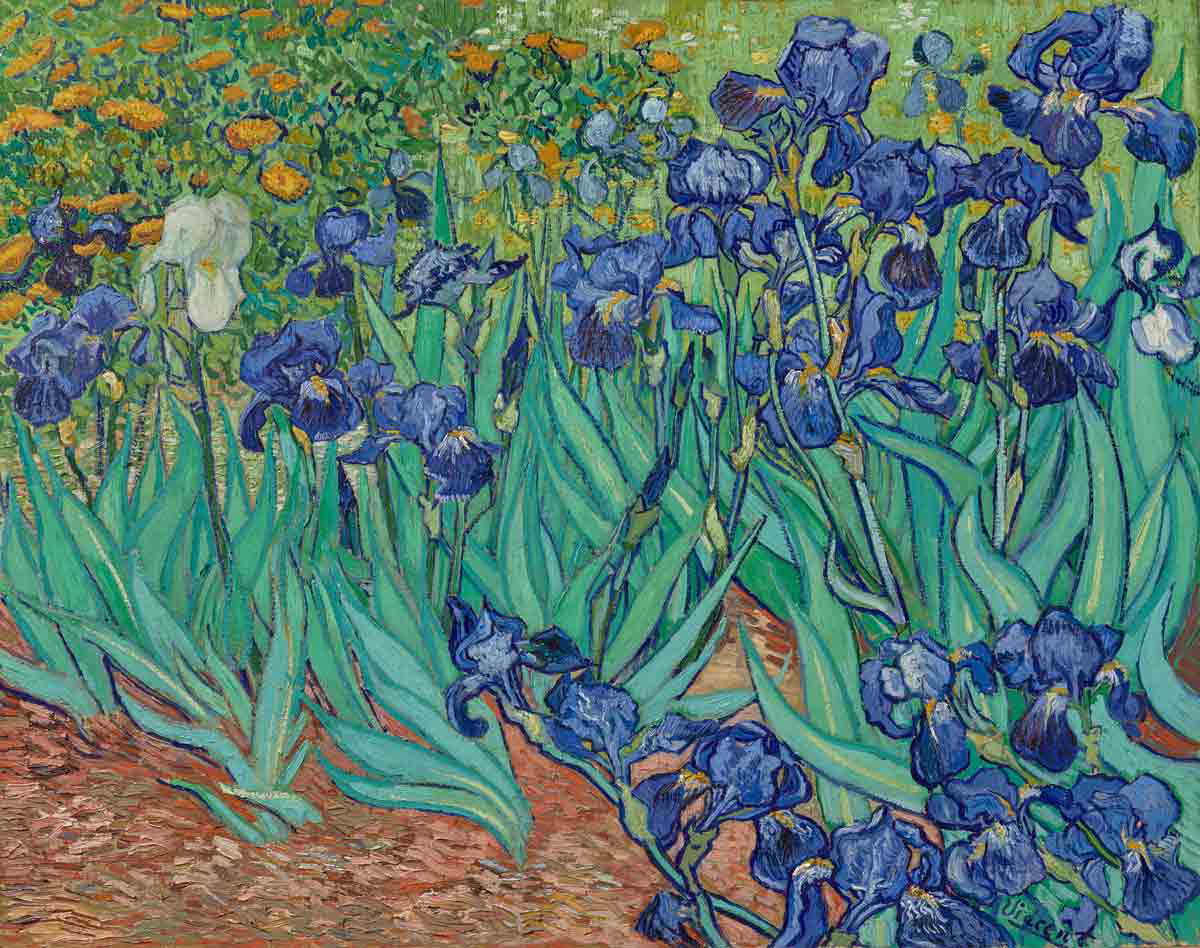
In the modern day, meditation is often defined as a stress-reducing tactic. It is an alternative medication in that sense—when Xanax did not work, we turned to meditation. In fact, as we will see, meditation often contrasts with mainstream Western ways of understanding wellness.
This article is far too short to give a complete study of the origins of such a meaningful, intercultural, international movement as meditation. What is given here is an overview of the origins of meditation from various schools of thought, with the focus being on the commonalities and differences. There is much to discover about meditation from the opposite sides of the world.
Some form of meditation can be found in almost every ancient culture around the world. Two main streams have been identified, namely the Eastern and Western. Looking at each of these will bring us to an understanding of the origins of meditation.
Eastern Meditation: Vedic, Ancient Chinese, and Buddhist
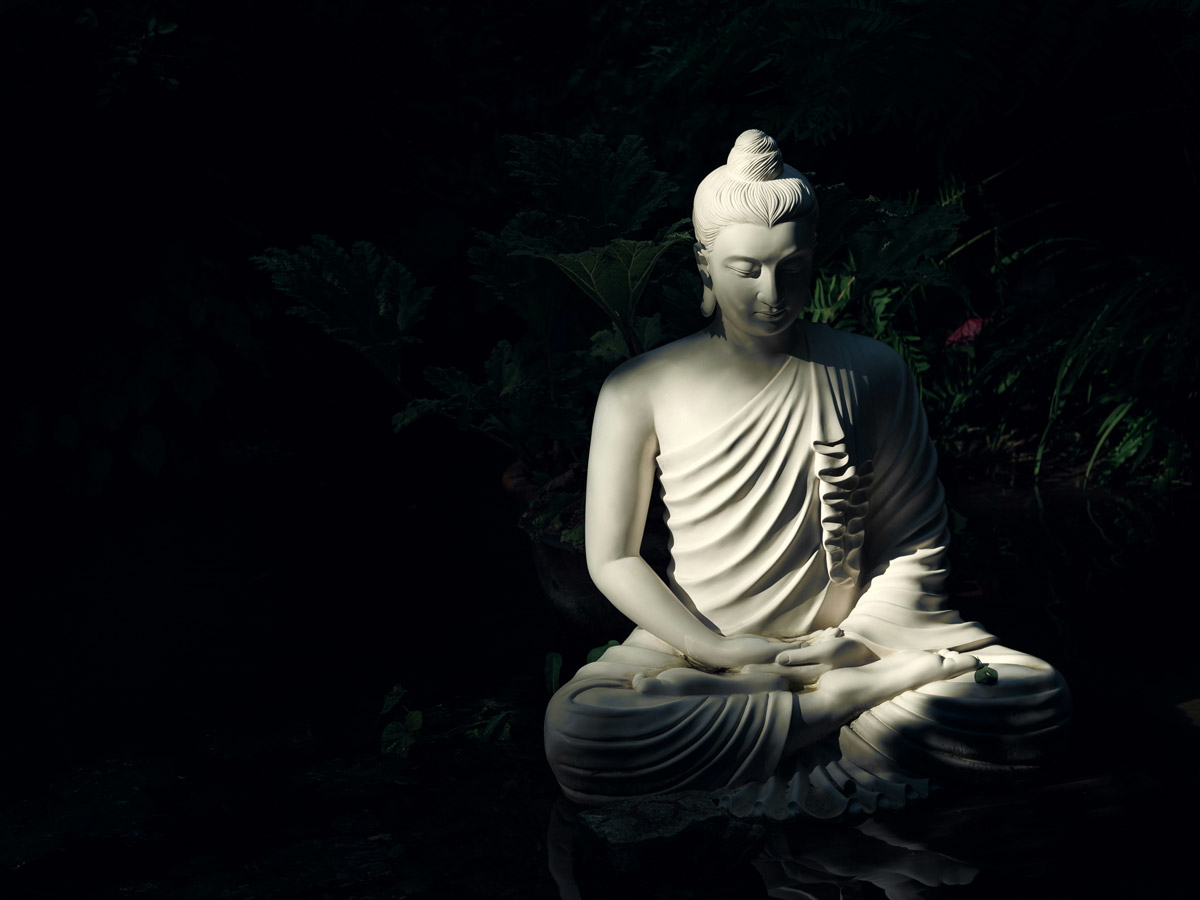
The earliest evidence for meditation can be found in ancient Eastern writings. Therefore, meditation is often considered an Eastern religious practice to this day.
Vedic Foundations of Meditation
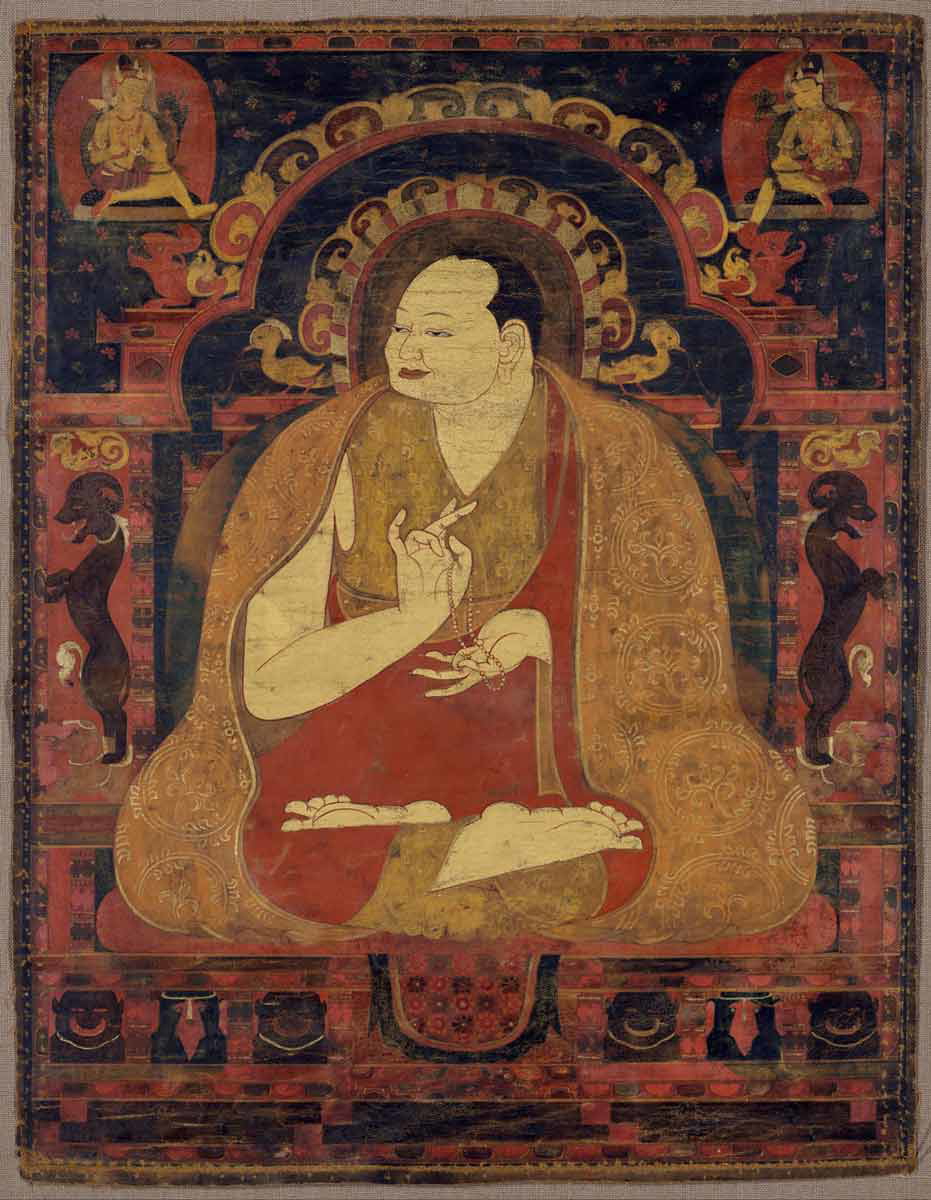
Meditation was a spiritual practice in ancient India. The ancient Hindu tradition of Vendantism reveals some of the earliest shreds of evidence for meditation in writings from around 1500 BCE. Vedic meditation has the aim of self-realization (moksha). According to the Upanishads ancient Sanskrit texts from around 800-500 BCE, Dhyana (the common word translated as meditation) is the practice that brings the self (atman) to a standstill by silencing the mind.
Some of the main characteristics of Vedic meditation include breathing exercises (pranayama), singlemindedness (Dharana), and connection with the universe (rta). These three characteristics are still present in yogic practices today.
Meditation is about emptying the mind and focusing on something; in Vedic meditation, this focus is placed on self-realization and transcendence.
Ancient Chinese Origins of Meditation
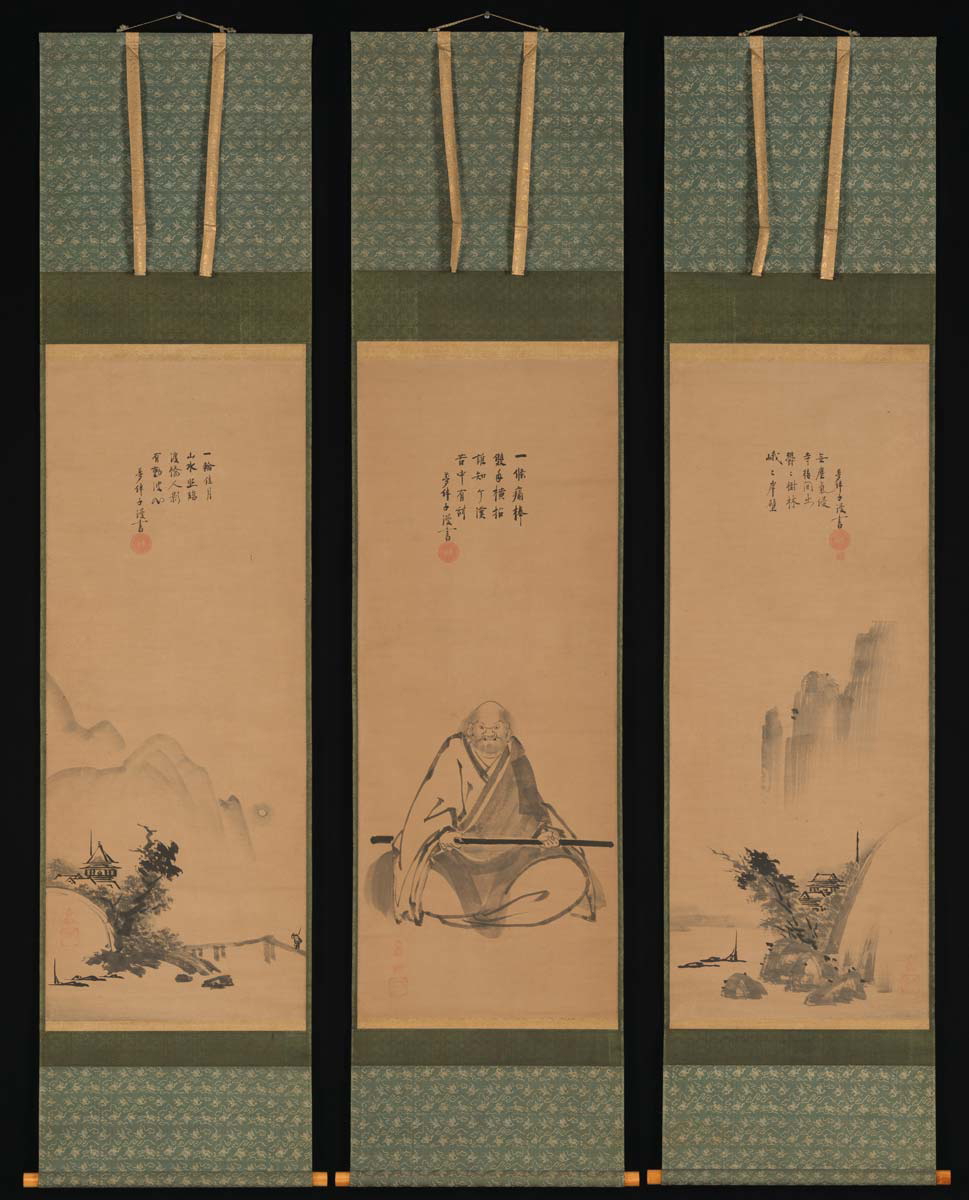
Ancient Chinese meditation can be traced back to Daoist and Confucian traditions around the same time (600 BCE). Some early scriptures describe meditation as “sitting and forgetting.” The focus here was on achieving energy flow (qi) that echoed the rhythms found in nature. This aim of harmony with nature is a unique aspect of Chinese meditation.
Chinese meditation includes different kinds of breathwork (as in qigong) and also adds movement as in the Daoist practice of Tai Chi. Mindfulness practices like meditation are used to balance yin and yang energies so that qi can flow. This Daoist aim of balancing yin and yang also indicates a desire to extend life and find peace within the body (as opposed to outside of it).
Meditation is about emptying the mind and focusing on something; in Chinese meditation, this focus is placed on the body and its connection to nature.
Buddhist Roots of Meditation
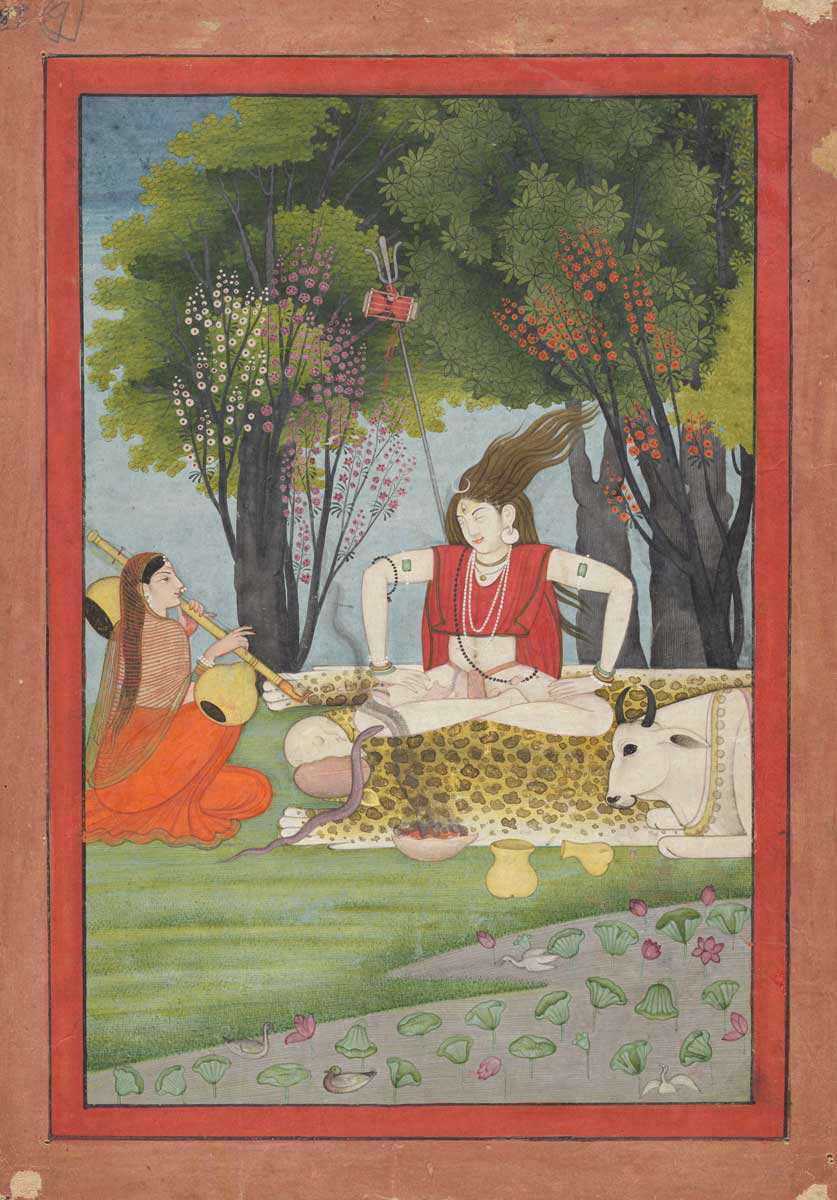
“Feelings come and go like clouds in a windy sky. Conscious breathing is my anchor.” –Thich Nhat Hanh
Buddhism, which arose between 500-300 BCE, is sometimes considered to be parallel to but distinct from ancient Vedic Hinduism. Similar to the Vedic forms of meditation, ancient Buddhist expressions had the goal of liberation from the cycle of life (this is based on their belief in Reincarnation—that is, birth, death, and rebirth).
A major focus here is detachment and therefore, a person in a meditative state is imagined as disconnected from and floating above the world. The emphasis of Buddhist meditation is on being liberated and set free from suffering (dukkha) and moving towards nirvana (enlightenment). The theme of impermanence is seen in this kind of meditation since the focus is on cultivating wisdom by rising above the mind, senses, and feelings (vipassana).
In later years, during the Han Dynasty, Buddhism spread to China and some overlap is seen between the two practices, leading to unique expressions like the well-known “Zen.”
Meditation is about emptying the mind and focusing on something; in Buddhist meditation, this focus is placed on detachment and enlightenment.
Western Meditation: Ancient Greek and Early Christian

Western meditative practices have the goal of spiritual formation and becoming a better person. This approach to meditation was less holistic than the Eastern expressions of it since the mind and soul were placed at the forefront while the body was ignored.
Ancient Greek Roots of Meditation
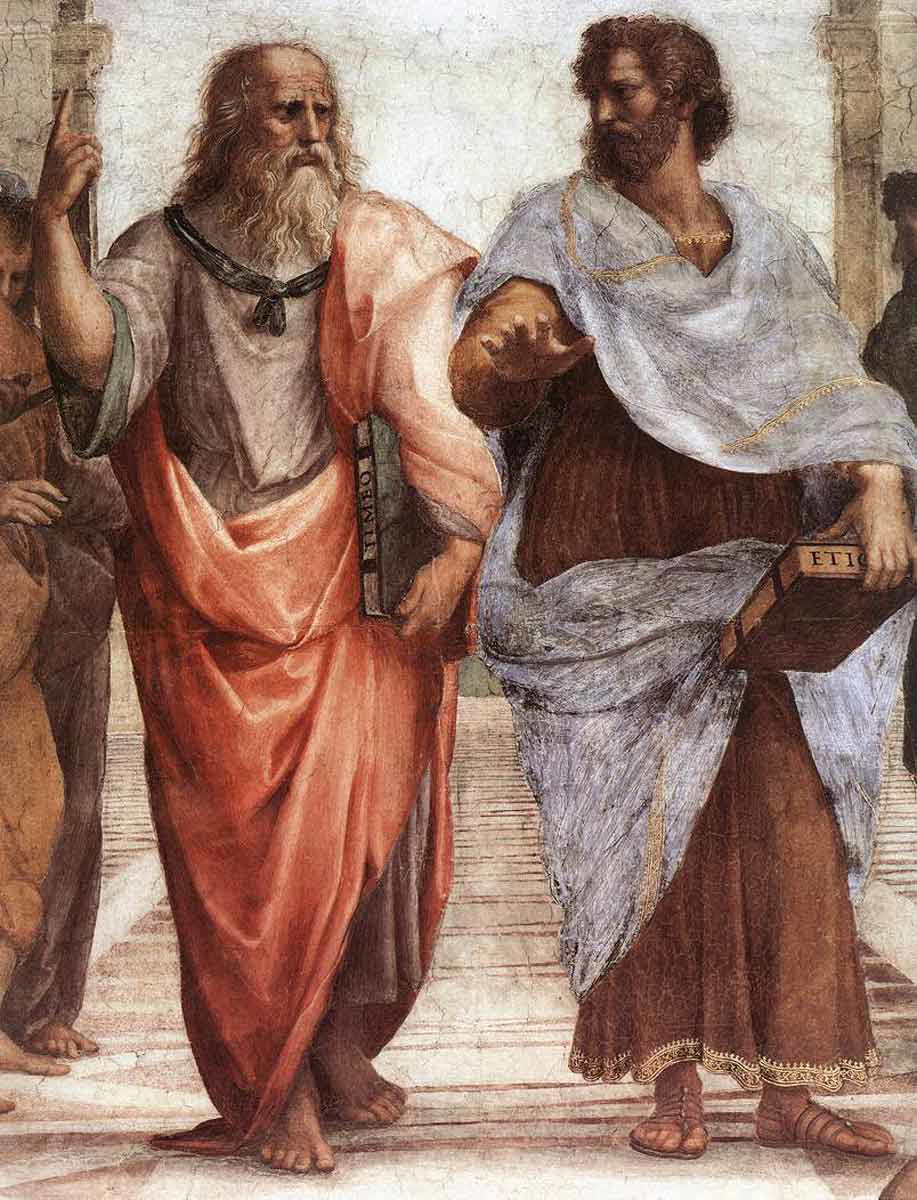
Meditative practices like recitation and visualization were rather common in Ancient Greece. It was called henosis and it had the aim of singular focus. Plato was an ancient Greek philosopher from the Classical Period who believed in contemplative practices as a path to virtue and truth found in inner wisdom. While he did not describe meditation in so many words, Plato’s ideas held similar aims. Pythagoras (570-495 BCE) also incorporated contemplation, inner reflection, and silence (hesychia) into his teachings.
“You must plunge beneath your crowded thoughts and calmly contemplate the higher realities with pure, focused attention. If you do this, a state of inspired serenity will remain with you throughout your life, shaping your character and benefiting you in so many ways.” –Empedocles.
Meditation is about emptying the mind and focusing on something; in ancient Greek meditation, this focus is placed on virtue and wisdom.
Early Christian Origins of Meditation
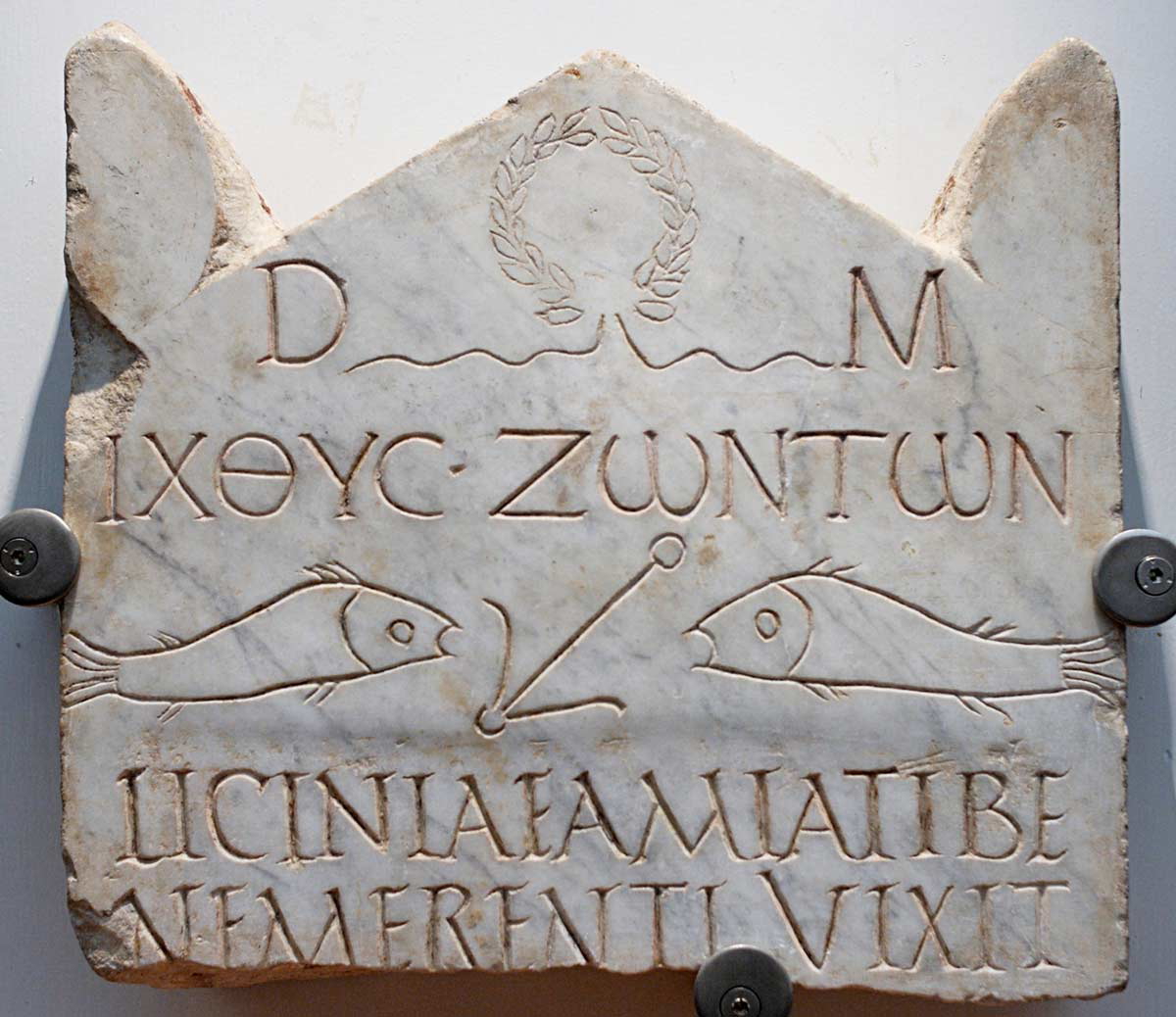
Centuries later, early Christians focused on meditation as a method of growing closer to God. Christian meditation often looked like reading a short passage of scripture over and over again, waiting for insight from the divine to break through.
Meditation is about emptying the mind and focusing on something; in Christian meditation, this focus is placed on scriptures or God.
Mindfulness as Inherently Human

Different schools of psychology highlight different core human needs. Meditation is most often described as a solo activity and a way to get in touch with yourself. The inherent human need for self-knowledge and self-awareness is evident when we look at the popularity of practices like meditation across cultures.
“It is indeed a radical act of love just to sit down and be quiet for a time by yourself” –Jon Kabat-Zinn
The total awareness and tranquility that come with being mindful is something that could be linked to the inherent human need for safety. However, the safety that a practice like meditation allows is not necessarily dependent on calm outside circumstances. A person can meditate in the middle of a war. This explains the value of the practice of meditation in more depth.
Other human needs that relate to meditation are that of meaning, transcendence, and connection. It can be said of all cultures across the world that people seek answers. Various religions, philosophies, and lifestyles have taken shape as a means to make meaning of life and figure out how to live well.
Reflecting on the Origins of Meditation
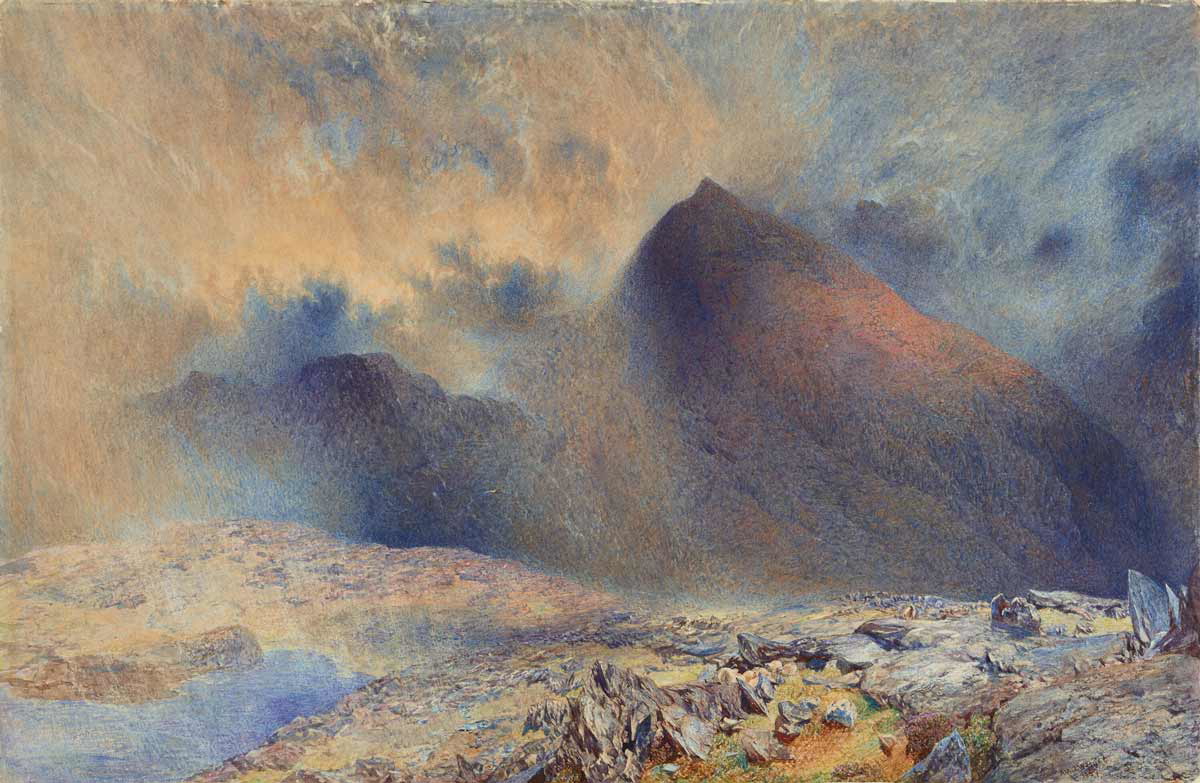
Even though the expression of meditation might have changed through the years, the practice remains prominent among those who seek stillness, enlightenment, and meaning in the fast-paced modern world. It is clear from this brief overview that the practice of meditation can be traced back to ancient civilizations.
In summary, the main difference between these various forms or expressions of meditation is found when we look at what is meditated on. In some traditions, meditation means to empty the mind and in others, it means to contemplate something specific. Reflecting on the focal point of each tradition reveals their differences.
- Ancient Vedic meditation focused on something beyond this life.
- Ancient Chinese meditation focused on the body and achieving flow with nature.
- Ancient Buddhist meditation focused on enlightenment.
- Ancient Greek meditation focused on virtue and silence.
- Early Christian meditation focused on a Biblical passage or God.
Each religion and culture offers a unique take on meditation, yet despite these significant differences, the core premise remains unchanged. Meditation is a practice of mindfulness and connection (to the self, the body, nature, or the divine) that leads to feelings of happiness and joy. In the words of Eckhart Tolle, “Wherever you are, be there totally.”
